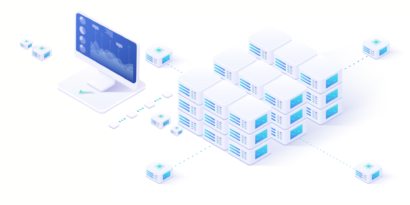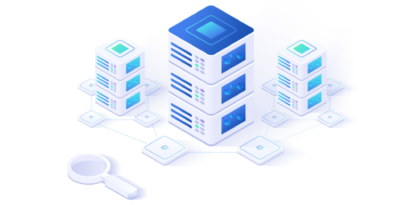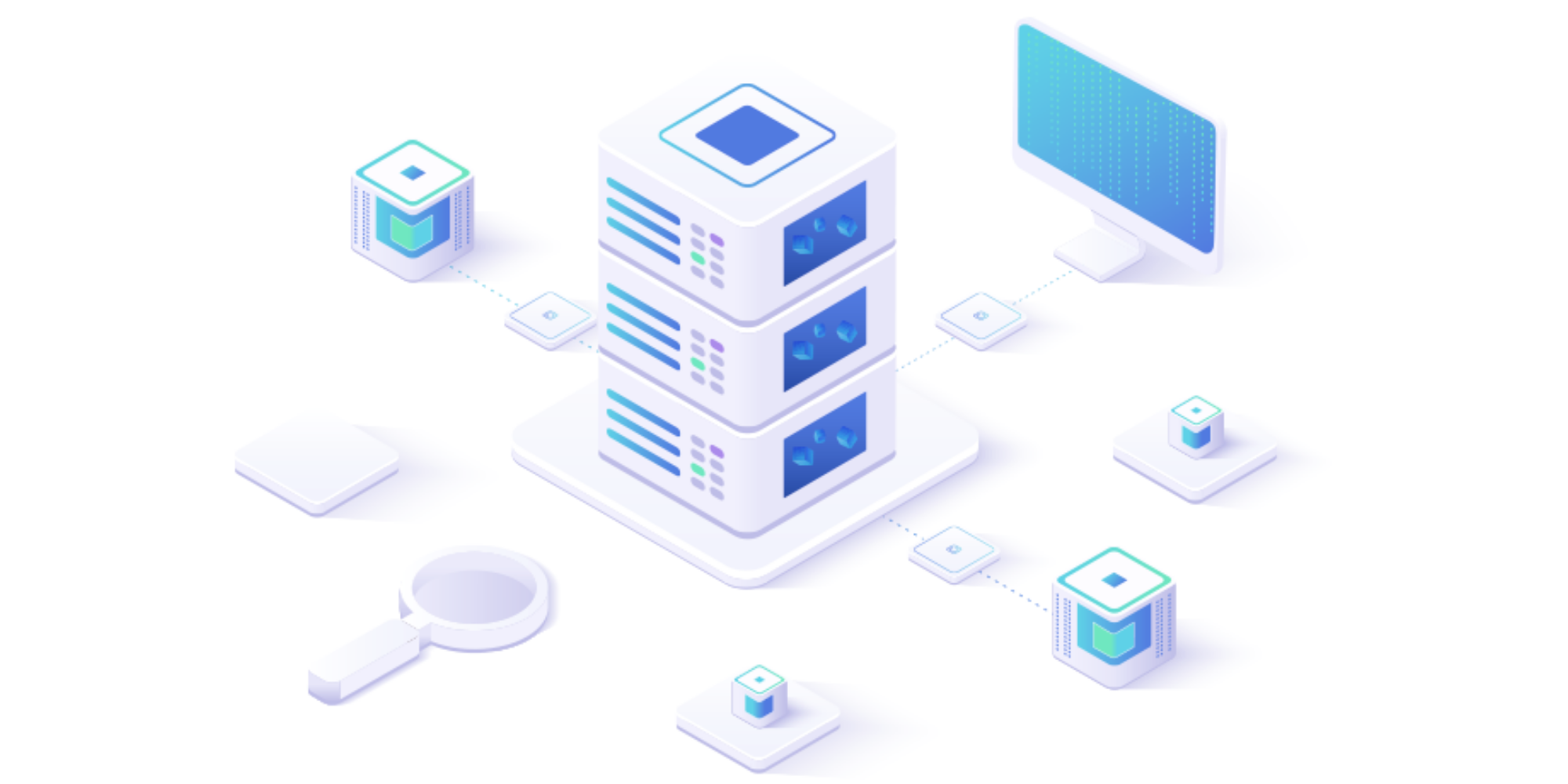
Are you wondering what types of databases are and what are the most popular? It all depends on the situation. Here is an overview of the most commonly used database classifications as well as the most popular systems used in the IT world today.
What is a database
Let’s start with the basics. What is a database? This concept is one of the fundamental in the IT world. It is a term for a set of structured information that is stored in an IT system in an electronic form.
Database:
- are most often controlled from the level of the database management system,
- are usually placed in a series of tables, in rows and columns – thanks to this, it is possible to efficiently process information, as well as to create simple and very advanced queries,
- use dedicated query languages, such as SQL.
It is also important that databases, unlike spreadsheets, are not intended to be operated by a single participant. They are supposed to be available to a wider group of customers, which translates into structure, functionality and method of service of database.
The first databases appeared in the 1960s. Several decades have passed since IT “made its first steps”. At that time, revolutionary changes took place in the world of databases, and operational and analytical capabilities increased.
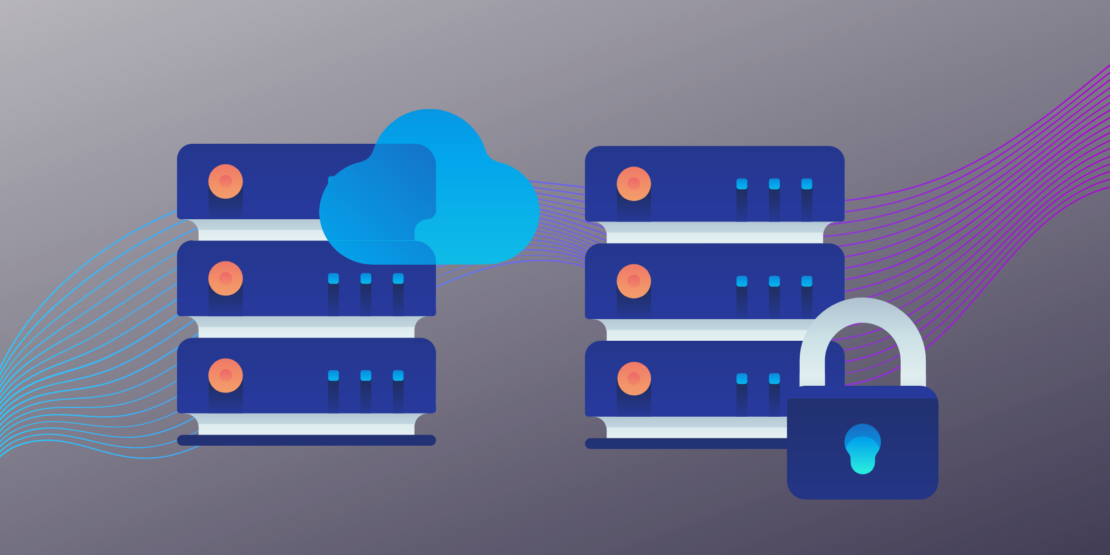
What are the types of databases
The types of databases vary widely. Their classification changes over time with the appearance of new services and concepts, e.g. cloud computing or automation. However, there are several basic types of databases.
Types of databases depending on the place of storage
In this context, we can mention:
- local databases – the simplest ones, having a rather narrow range and located on a physical server, which is most often located at the headquarters of a company or organization. Usually such local databases will be contained in one table, and the user will enter data into them directly;
- client-server databases – in such systems, the database is usually located on a separate server, and access to it is realized from other computers or other end devices. In this model, the proxy server most often appears, which increases data security and provides the ability to use resources for many users at the same time without conflict of permissions or overwriting of information.
Division of databases due to architecture
At this point, we can mention:
- single-layer databases – these are those in which the user has direct contact with the program that provides information and can make changes immediately,
- multi-layer databases – in this model, the client contacts the server using appropriate drivers.
In most cases, single-layer databases are used, which do not burden the client’s software to such a large extent, and at the same time improve work.
Order a free consultation
Consult your company’s needs with our experts.
Discover solutions that will help your company to improve business processes and ensure data security.
Our expert will contact you in 24 hours.
phone: +48 511 373 931
e-mail: info@summ-it.pl
Order Free Consultation
Types of databases due to the data structure
This is the most common division of databases:
- simple (file-based) databases, in which each data table is a separate document and does not cooperate with the rest of the resources. Such databases are actually only used “analog”, and one example of such a solution may be, for example, a directory or a telephone directory;
- relational databases – they gained popularity in the 1980s. In this system, items are organized as a collection of tables with columns and rows that can work together and exchange information. The SQL standard is intended for these databases;
- object-oriented databases – were presented in the 90s of the twentieth century. In these databases, as the name implies, the data has the form of objects, which allows to simplify and shorten the software code that creates the database system;
- distributed databases – those that consist of data that is located on at least two different computers. They can be located in one building or in completely different locations,
- streaming databases – those in which information is presented in the form of streams. It is a solution that has not yet been developed to the extent that it can be widely used in commercial areas.
Other forms of databases can also be mentioned:
- data warehouses – they are designed primarily to cooperate with analytical software, eg such business intelligence. They allow you to send inquiries very quickly and perform in-depth analyzes of connections and dependencies between information;
- NoSQL databases – and therefore non-relational databases. They allow the storage and processing of data that has not been systematized. They are especially useful in the context of web applications;
- cloud databases – those that provide remote access to information stored on a dedicated platform. They operate in the traditional model as well as in the DBaaS system,
- multi-model databases – they combine different types of databases within one management system and can process various types of information at the same time,
- self-driving databases – they are considered the most innovative and the most independent, because they use elements of artificial intelligence to manage themselves, self-optimizing, creating backups and performing other routine activities without the intervention of an administrator.
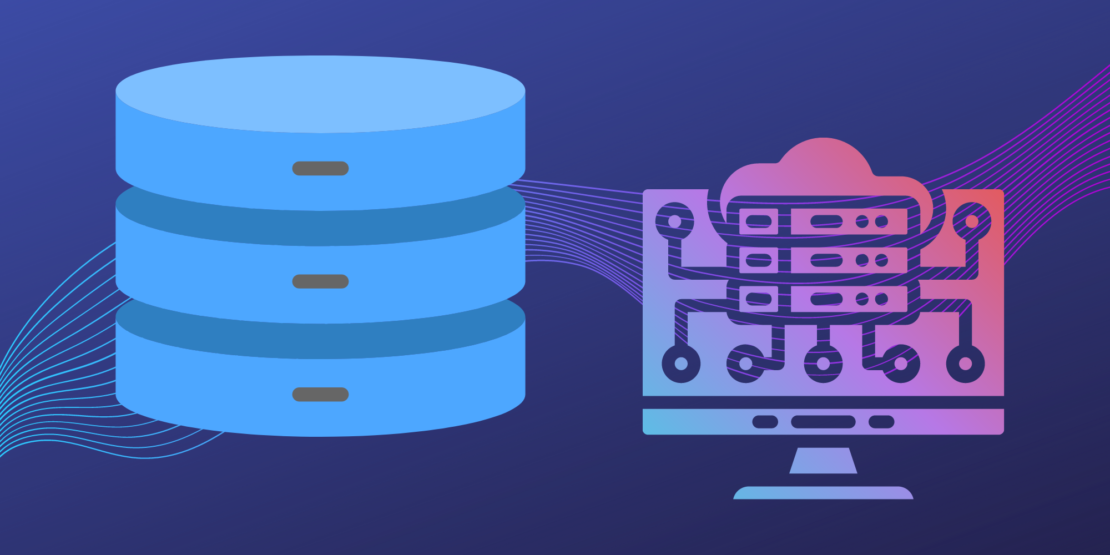
The most popular database systems
The above description only describes the types of databases. But what are the most popular database systems? Here is an overview of free and commercial solutions that are widely used today.
In the commercial area, the following can be mentioned:
- Microsoft SQL Server – is one of the most popular client-server platforms. It is also available in a free version,
- Oracle, or MySQL in the commercial version,
- Informix,
- DB2,
- Sybase – these solutions include data warehouses, decision support systems, as well as other advanced tools.
Free database systems include:
- MySQL – the most popular solution on the market, also developed in a non-commercial version by Oracle. It’s a system that can be used under the GPL license. However, if you plan to use it commercially, you should purchase such a license;
- FireBird – is also a software designed to manage relational databases. The basis for its creation was the InterBase 6.0 source code;
- PostgreSQL – is a system designed to manage relational databases.
How to choose the right type of database and its management system
It is difficult to indicate one good solution when it comes to the type of databases or management system. Everything depends on:
- the expected amount of data to be processed and their type,
- the purposes of creating databases and software to run on it,
- database administration needs and opportunities,
- the need for scalability of solutions, and therefore the possibility of extending the database and its functionality along with the development of the project.
However, it can be expected that in the coming years, due to the development of data analytics solutions, cloud-based databases, as well as those included in the automatic category, will gain popularity. They are the ones that provide the best opportunities for data processing and analysis and the greatest efficiency. Therefore, it is worth taking a look at all available solutions and consulting your choice with industry specialists.
Do you have any questions or are you looking for the perfect solution for your company?
Schedule a free consultation. Consult your company needs with our experts. Learn about solutions that will help your company improve business processes and ensure data security.
